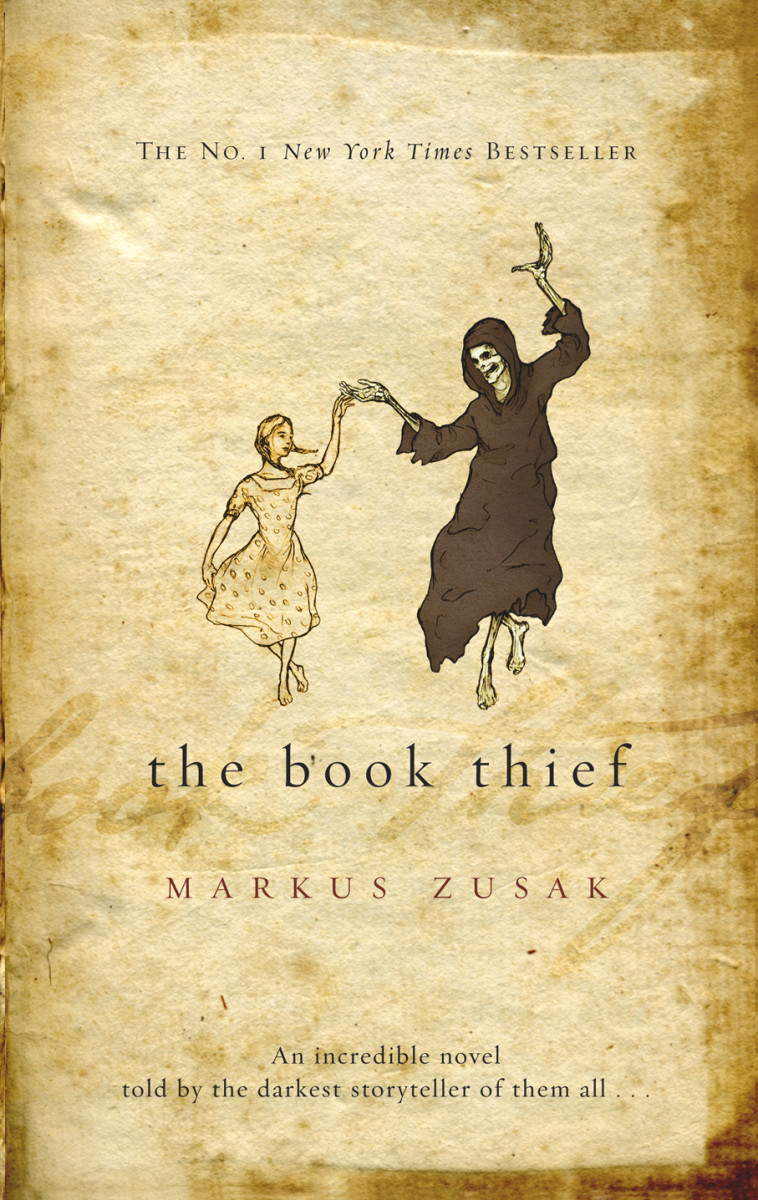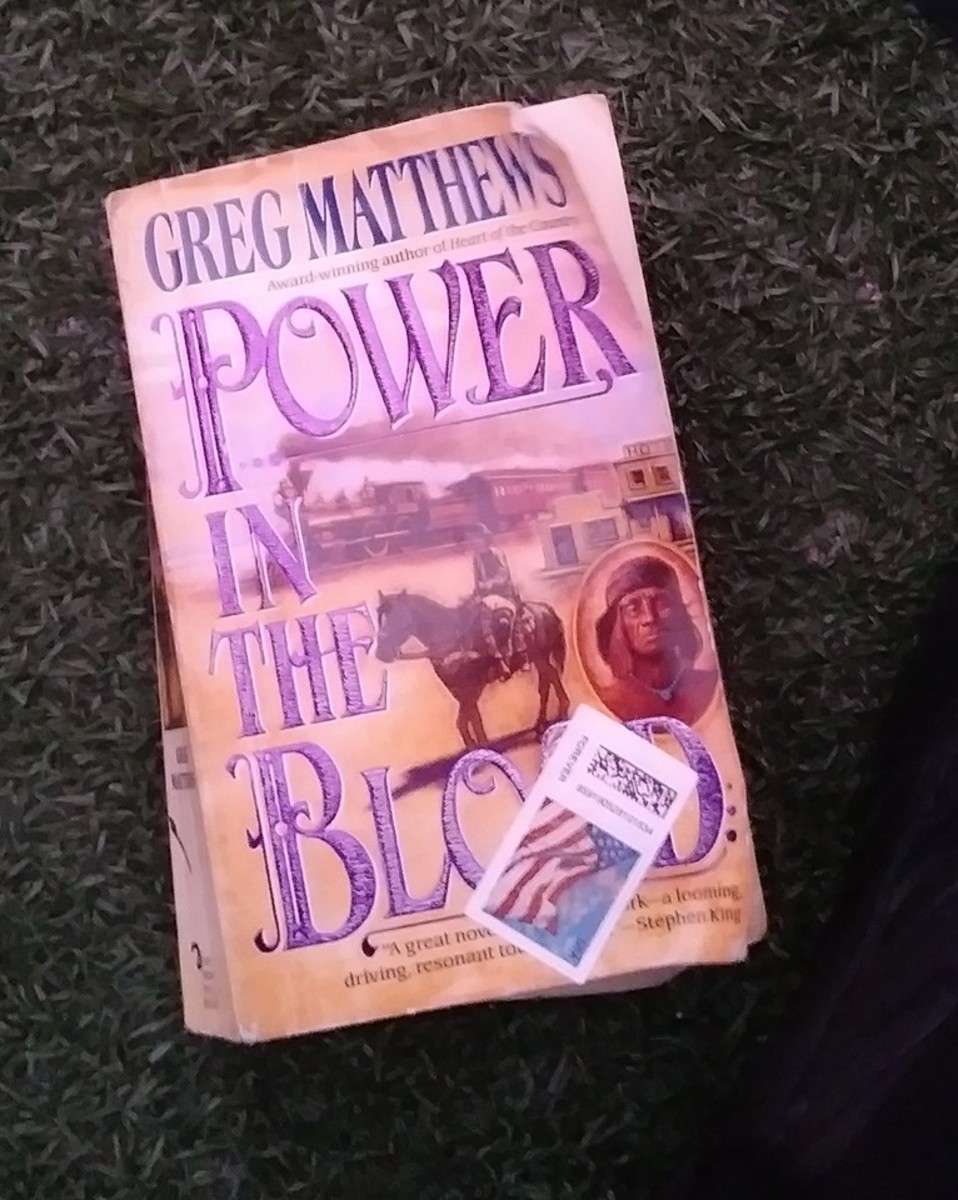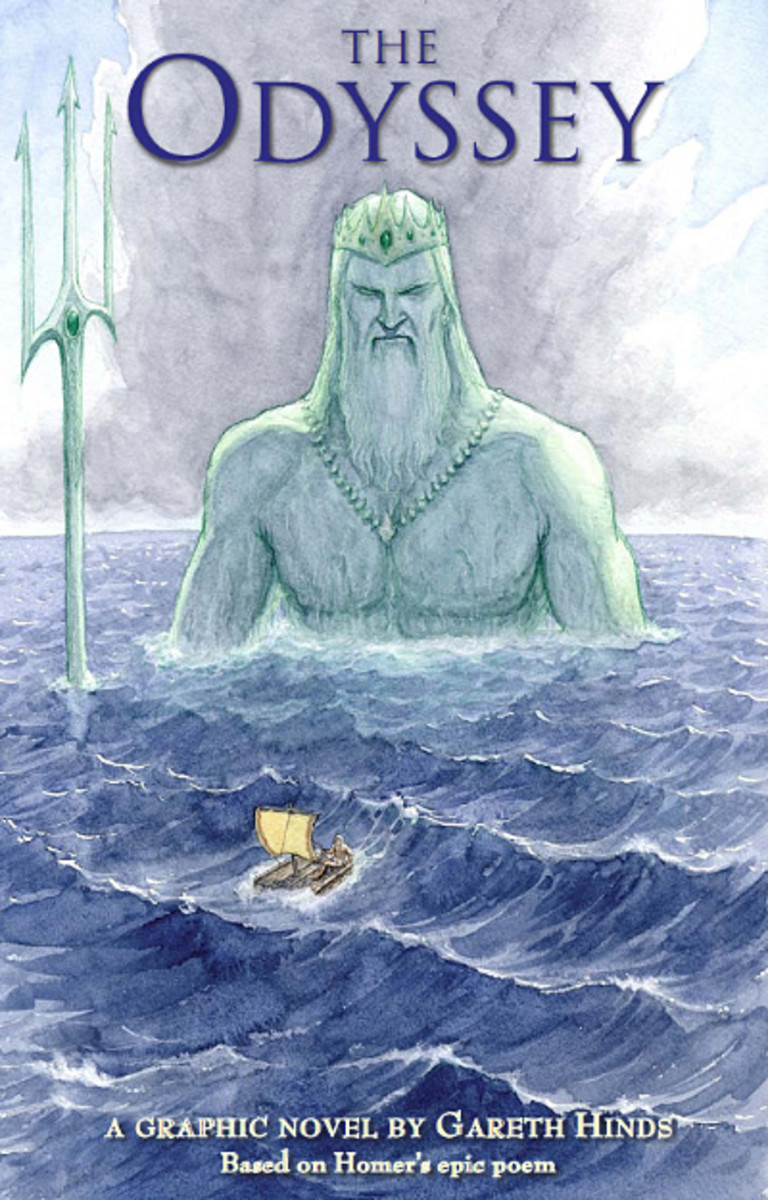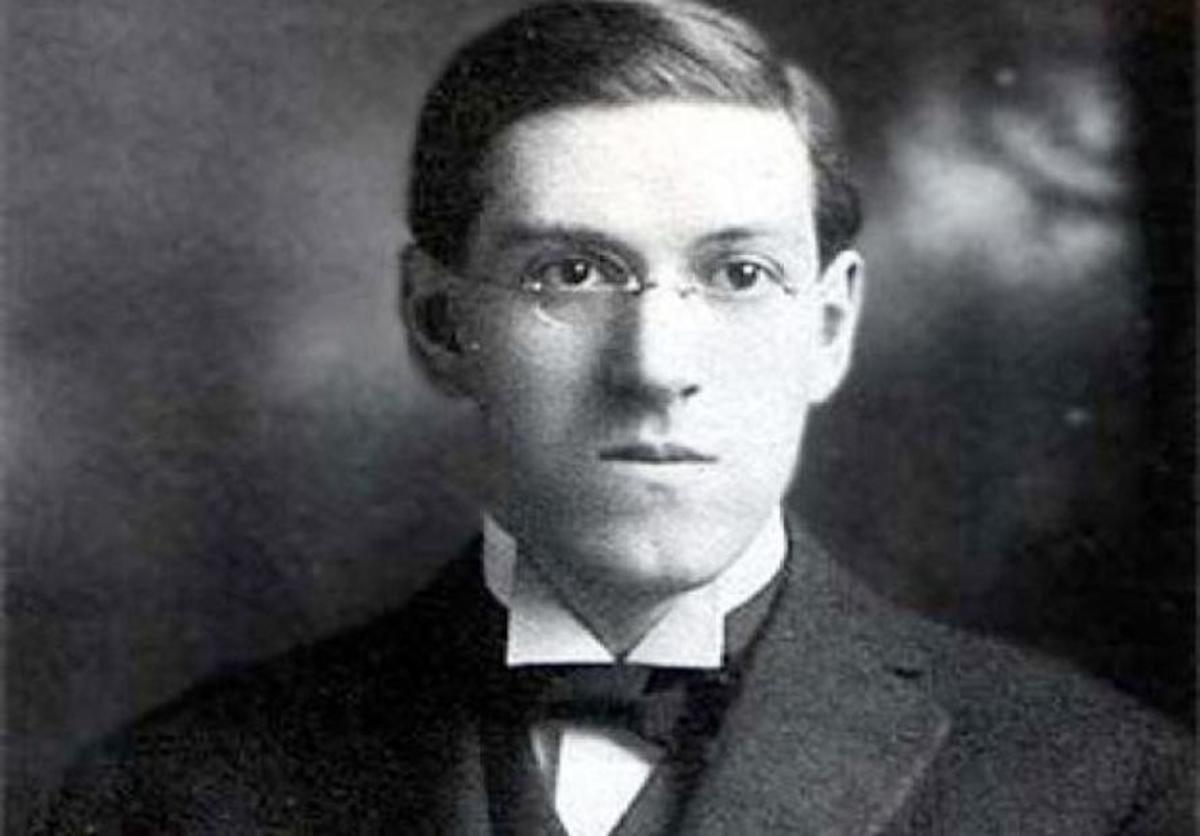Why Read the Same Book Twice?
Reading and Rereading
In the classic Seinfeld episode "The Ex-Girlfriend" (Season Two, Episode One), George breaks up with his annoying but beautiful girlfriend, only to realize he's left some books at her apartment. In order to avoid an awkward confrontation, he asks Jerry to get the books for him. Jerry's reply, though seemingly docile, actually raises a serious issue within literary studies:
"What is this obsession people have with books? They put them in their houses - like they're trophies. What do you need it for after you read it?"
Reading, for theorists such as Roland Barthes, is about more than just the words on the page. Books cannot be easily resolved in a single sitting and put on the shelf as some badge of honor or mark of intelligence. This major concept was discussed in length in the 1960s, and it still holds sway in modern times.

A Brief Background of Barthes
Though some American academics love to stress the "th" in his name, Barthes is usually pronounced in French with a hard "t" and silent "s." While sometimes neglected, Roland Barthes is perhaps one of the most influential thinkers of the twentieth century. He was known for drawing attention to structuralism and, arguably, developing fundamental concepts in poststructuralism--ideas that laid the groundwork for second- and third-wave feminism, race studies, gender studies, queer studies, disability studies, neo-Marxism, and more. You get the idea.
Barthes received major acclaim in the 1950s as a semiotician, though he was also well-known for his 1967 essay "The Death of the Author." As a play on the English classic "The Death of Arthur," Barthes questioned the role of the author in modern literary studies. For Barthes, to understand a work as the product of a single mind was too restrictive, too misleading. A story takes on more meaning than the author's intentions--besides, to understand intention is next to impossible.
For instance, Sir Thomas Malory's story "The Death of Arthur" builds on existing Arthurian legend. This writer was not the first to tell such stories--in reality, Malory more closely resembled an editor, an individual who collected folk stories and put them in print. All of literature, for Barthes, is like this in some way.
"To give a text an Author is to impose a limit on that text."
Books have many meanings and interpretations. The way in which a work is read is just as significant as the way it is written. Who cares about a single author, Barthes would say, when there are a multitude of layers and concepts which weave together to create a unified piece.
Barthes: A Breakdown
What does the "death of the author" mean?
- A text has more than one meaning.
- Sometimes we need to investigate to find hidden meanings.
- An author's intention is just another reading--nothing more, nothing less.
- The literary critic (aka the academic or scholar) is more important than ever before.
Roland Barthes (1915-1980)

From Work to Text
Barthes makes a fundamental distinction in his essay "From Work to Text." A book may be understood as static and dynamic, as Work and Text.
A Work is . . .
- a fixed product.
- a stable document.
- the words on the page.
- material.
A Text is . . .
- always in a state of production.
- infinite or unresolvable.
- the activity or event of interpretation.
- always forming a network/web of meanings.
Barthes claims that a Text is much like Jacques Lacan's distinction between reality and the Real. Another way of understanding this is that literature is physically a book, but it also takes on different meaning as cultures shift and change. Shakespeare's plays are words in a certain order on a page, but Romeo and Juliet means different things to different people. That is to say, it has many meanings simultaneously.
"[The Text] is structured but decentered, without closure." -- Barthes, "From Work to Text"
Barthes also points out that textus is literally a woven material or cloth (think "textile"). A literary work, a Text, is created from many separate and individual fabrics. In reality, a Text has irreducible plurality. It is like an "organism that grows by vital expansion."
What Does This Have to Do with Reading?
Basically, Barthes is telling us that we should reread books because they constantly develop and take on new and different meanings. We can explore multiple angles of a text and do serious research; nevertheless, we will be still be left with infinite avenues to explore. The role of the critic, or reader, is to push the limits of any given text as far as possible.
This is one of the most important concepts in the literature classroom today. Reading is about exploration--not just personal growth, but rigorous philosophical investigation. In many ways, Barthes's version of literary studies asks students to be generalists, to read for the sake of reading, to delimit the boundaries of thought.
Barthes's ideas about the significance of English in post-secondary education are especially relevant today. For more information about why people should study English in college, click here.
Food for Thought:
Michel Foucault references and expands Barthes's concepts in the essay "What is an Author?" Foucault takes a step back in order to examine power-relations, ultimately arguing that an author is actually an "author-function." In other words, we use the names of authors to authorize or legitimize a literary text. Otherwise, according to Barthes's work, there would be no need for author names on publications or bylines in articles.
Speak French? See Barthes in Action
© 2016 Sebastian A Williams








